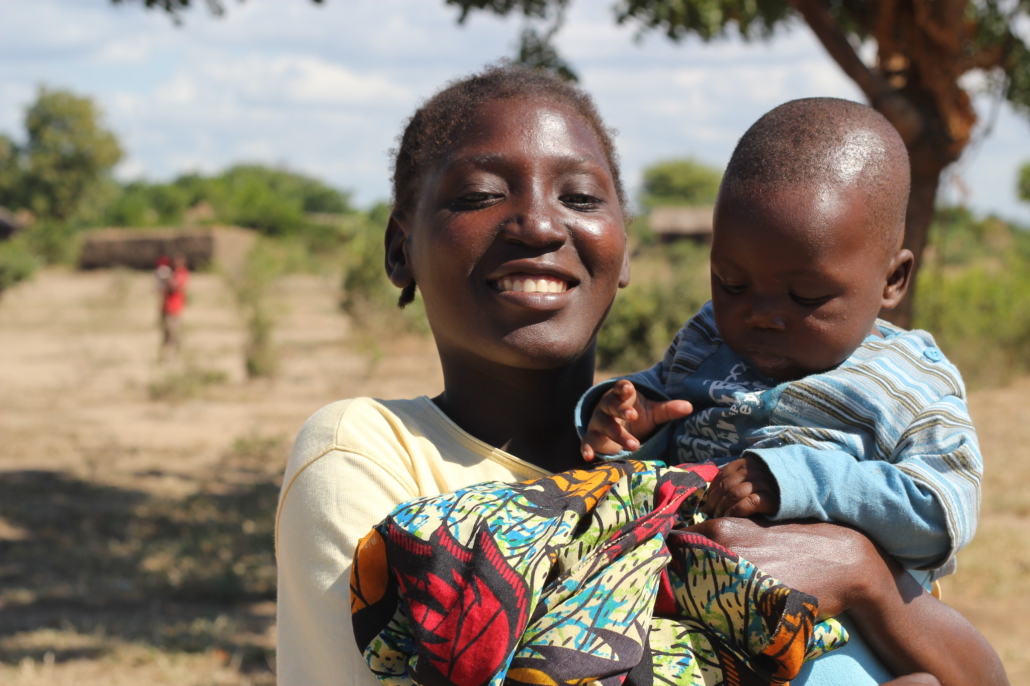
The Czech Republic, also known today as Czechia, has a current GDP of about $290.92B, with a GDP per capita of $27,638.40 and a total population of more than 10 million people. The country has undergone decades of development, leading it to rank among the richest countries in the world. Because of this, the Czech Republic has developed foreign policy objectives to assist developing countries in need. The objectives include programs such as the Development Cooperation, which promotes development projects and offers humanitarian aid.
Development Cooperation
According to the Ministry of Foreign Affairs of the Czech Republic, the country’s development cooperation aims to support projects that bolster the Czech Republic’s foreign aid by providing scholarships to students and humanitarian aid and participating in global organizations that help developing nations. The Czech Republic is the 26th member of the Organization for Economic Co-operation and Development (OECD’s) Development Assistance Committee, or DAC. In addition to providing assistance to other countries, the Czech Republic is able to pursue development projects in order to strengthen its own relations with other countries at a political and economic level. In doing so, the country improves its security on a global as well as regional scale. Overall, the Czech Republic’s national interests involve strengthening security, building international trade, international investment, climate adaptation and reducing disaster risk.
The Czech Republic’s foreign aid programs in the development cooperation include shifting a centrally planned economy to a market economy and transitioning an existing political system to that of a democratic one. The country is keen on getting involved with the aforementioned programs so that it may utilize its own knowledge of government reform, justice reform, tax system modification, societal transformation and the development of market environments.
According to the OECD, the Czech Republic’s development cooperation is a vital aspect of the country’s foreign policy. It aims to reduce global poverty and inequality by prioritizing economic growth, managing natural resources in a sustainable manner, developing democratic institutions and inclusive social transformations and promoting agricultural and rural growth.
Official Development Assistance Allocation
In 2022, the Czech Republic allocated around 0.36% of its GNI to ODA, or official development assistance. Just a year prior, the country ranked the highest as a contributor to multilateral organizations and has had one of the highest shares of bilateral assistance for CSOs, or civil society organizations, further bolstering the success of the Czech Republic’s foreign aid. In 2021, the Czech Republic utilized 11.5% of its allocable bilateral aid to strengthen trade performance in developing countries and 8.9% toward reducing malnutrition. By allocating aid funds to developing nations, the Czech Republic allows countries to integrate into the world economy while also providing assistance and growth opportunities.
Priority Countries
According to the OECD, the Czech Republic’s foreign aid initiatives concentrate its bilateral assistance in Mongolia, Ethiopia, Moldova, Afghanistan and Bosnia and Herzegovina. An estimated 35% of the Czech Republic’s bilateral ODA assisted these five countries in 2011. The Czech Republic further provided programs whereby the country could strengthen and establish democratic institutions, civil society, the rule of law and good governance. In order to get involved with the “Arab Spring” events, the Czech Republic extended its program countries to include those in Northern Africa: Tunisia and Egypt.
The Czech Republic’s assistance in Afghanistan, for example, involves agriculture, education and water and sanitation, with sectors of the Czech development cooperation dedicated to these efforts. The Czech Development Agency implements bilateral project cooperation while also supporting national funds in Afghanistan. In turn, this support funds programs and projects of international Afghan organizations.
In February 2018, the Ministry of Foreign Affairs of the Czech Republic signed a memorandum with the Ethiopian Ministry of Finance and Economic Cooperation highlighting the bilateral Development Cooperation Program, which offers support for trade projects, humanitarian aid, smaller local projects and government scholarships.
Bosnia and Herzegovina has been a significant partner in the Czech Republic’s development cooperation. The country underwent a post-war transformation and gained humanitarian assistance, which evolved into joining the European Union. This conveys the great impact and knowledge that the Czech Republic possesses when it comes to providing powerful resources for struggling countries. The agenda of the Czech Republic’s development cooperation for Bosnia and Herzegovina involved sustainability goals and democratic governance, including assistance with economic growth in relation to providing renewable energy, clean water and efficient political guidance.
Agenda 2030 and Humanitarian Assistance Expansion
For the years 2018-2030, however, the country’s foreign aid program countries include Cambodia, Ethiopia and Zambia, Bosnia and Herzegovina, Georgia and Moldova. Cambodia, Ethiopia and Zambia are categorized as the least developed countries by the OECD/DAC. Bosnia and Herzegovina, Georgia and Moldova are categorized as middle-income countries.
In 2016, the Czech Republic’s bilateral assistance reached $10.97 million in least-developed countries, $19.98 million in lower-middle-income countries and $0.33 million in other low-income countries. Additionally, during this time, the Czech Republic’s ODA was worth $260 million, with the ODA/GNI share at 0.14%. In comparison to the year prior, the volume and GNI in 2016 were significantly higher.
According to the Development Cooperation Strategy of the Czech Republic, 2018-2030, Agenda 2030 addresses the goals for global development as well as the country’s Sustainable Development Goals (SDGs). Specifically, the agenda lays out the aspects of development regarding economic, social and environmental sectors. In order to achieve development and humanitarian aid objectives, the Czech Republic sets out to collaborate with financial institutions as well as international organizations.
The Czech Republic’s Foreign Aid Growth
All in all, the Czech Republic’s foreign policy initiatives employ the use of development cooperation in order to provide assistance to developing countries. At the same time, the country’s humanitarian aid acts as an opportunity for the Czech Republic to strengthen ties with its allies, further prompting social, economic, environmental and security growth.
– Bianca Roh
Photo: Flickr
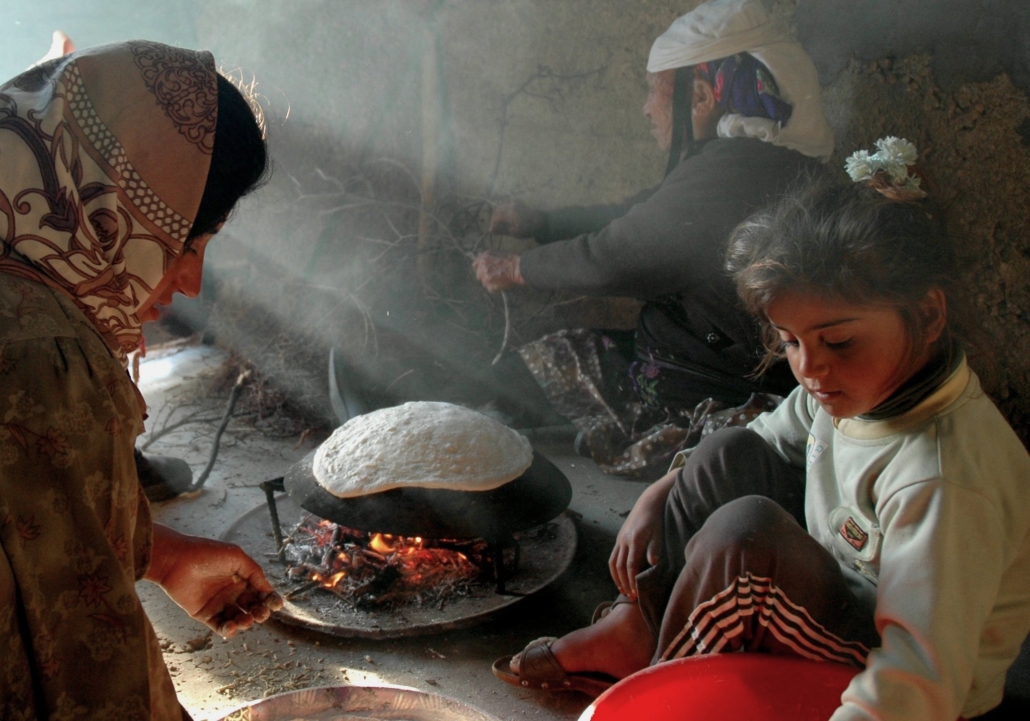

 Founded in 1961,
Founded in 1961, 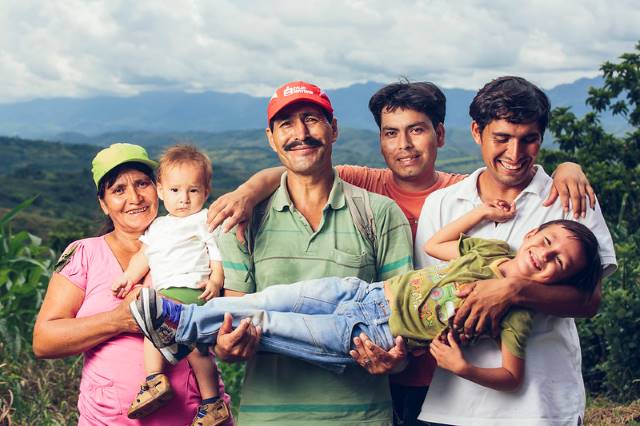 In a recent interview, The Borgen Project spoke to social and economic historian Dr. Richard Sheldon and Tessa Munt, former MP and current Liberal Democrat counselor, about foreign aid and development.
In a recent interview, The Borgen Project spoke to social and economic historian Dr. Richard Sheldon and Tessa Munt, former MP and current Liberal Democrat counselor, about foreign aid and development.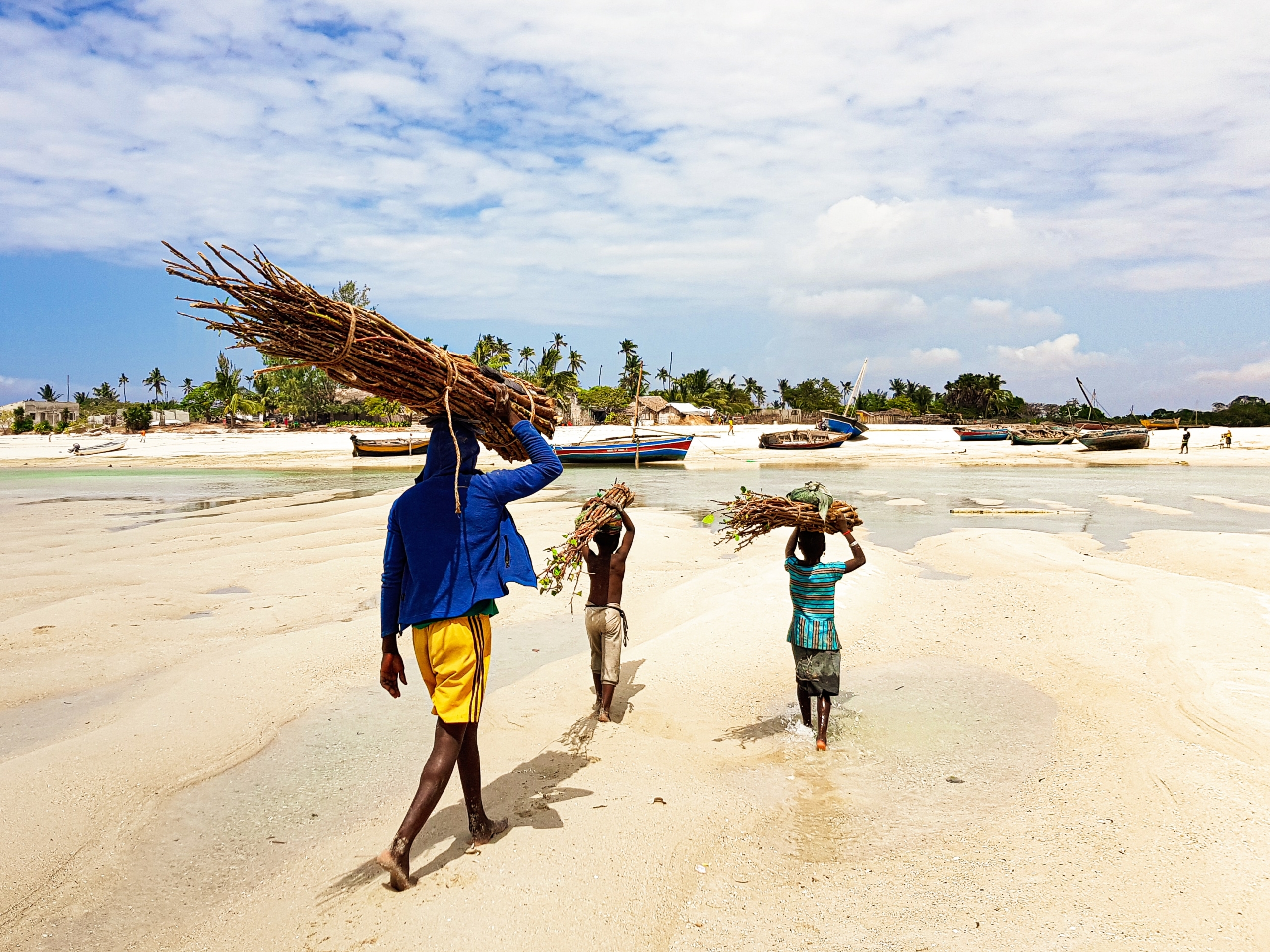 Although Portugal only
Although Portugal only 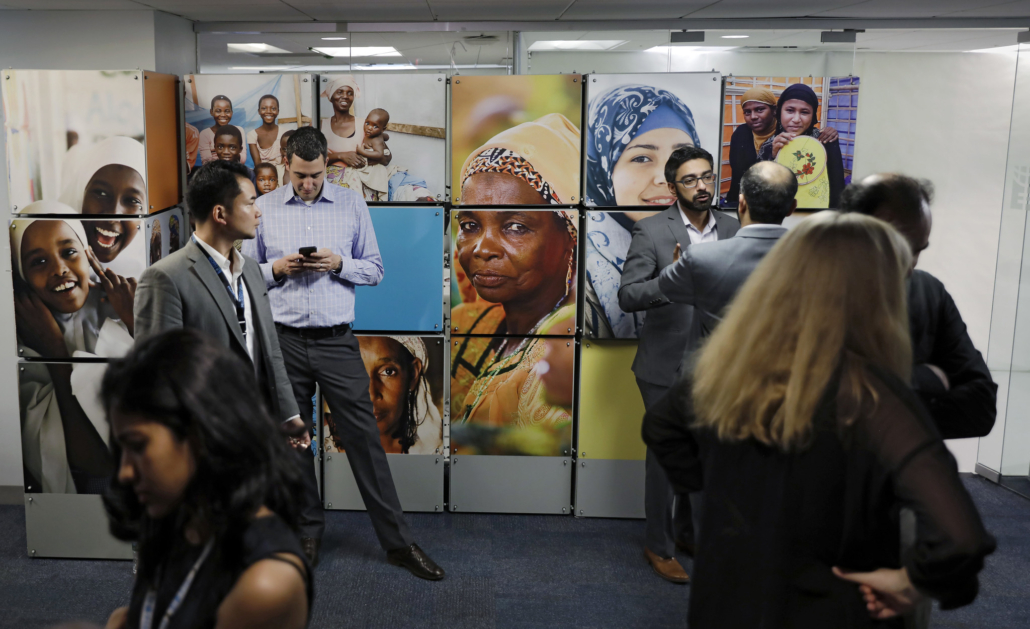
 The U.K. currently ranks third in the 2021
The U.K. currently ranks third in the 2021 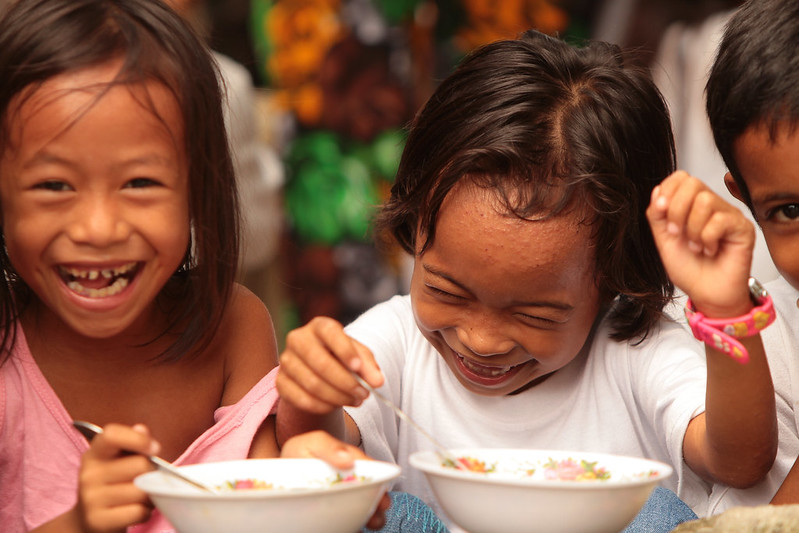 For centuries, famine has been at the forefront of poverty and global health issues in the poorer regions of the world. Around
For centuries, famine has been at the forefront of poverty and global health issues in the poorer regions of the world. Around 